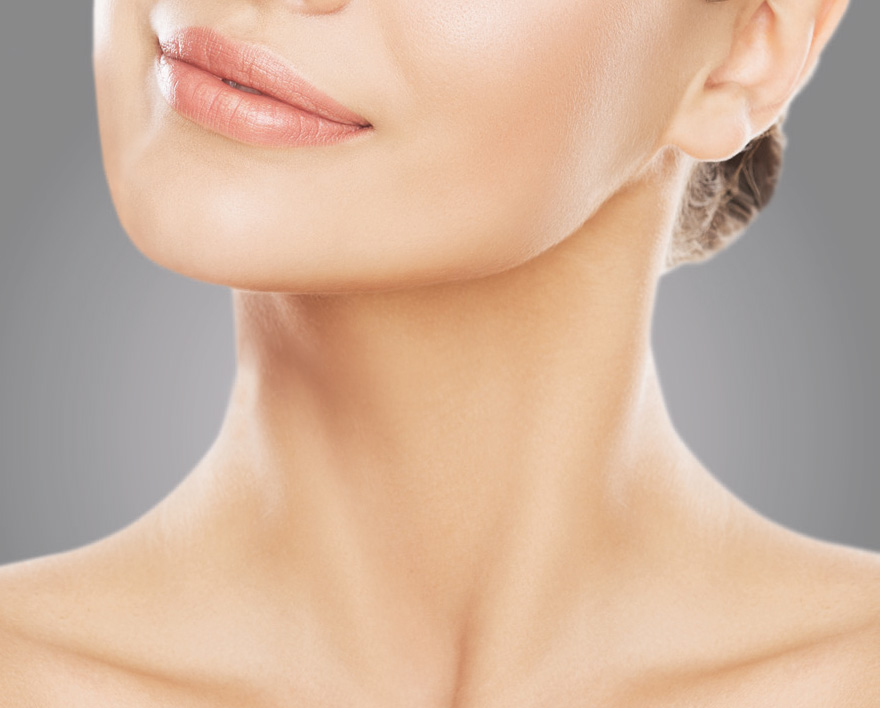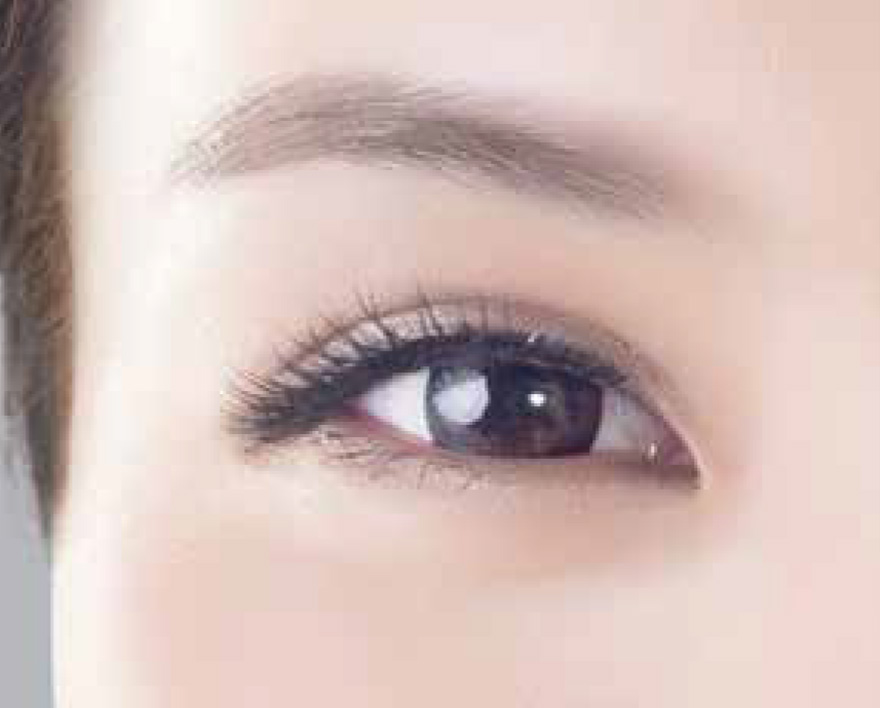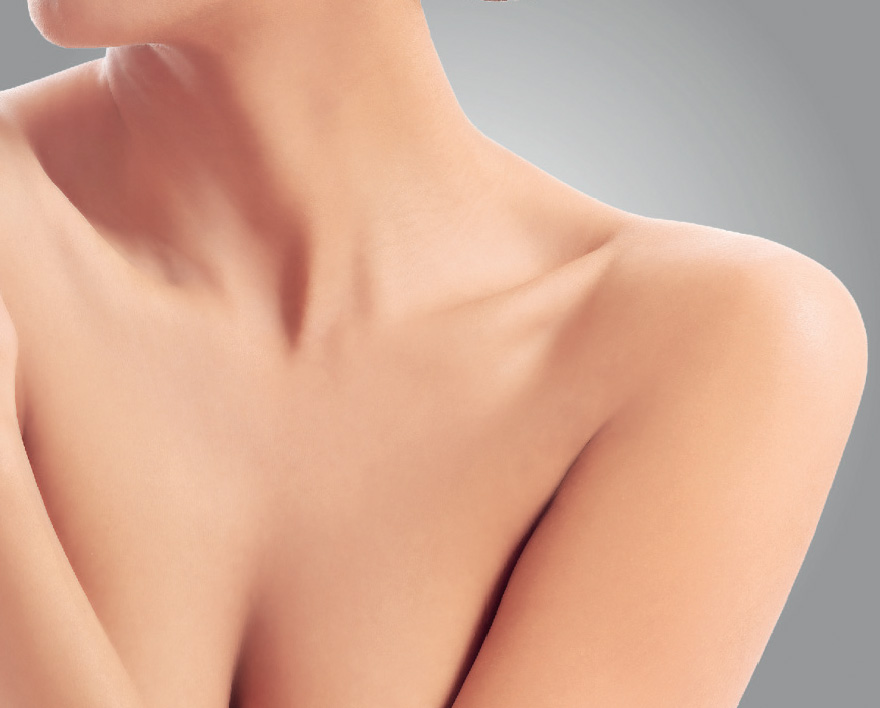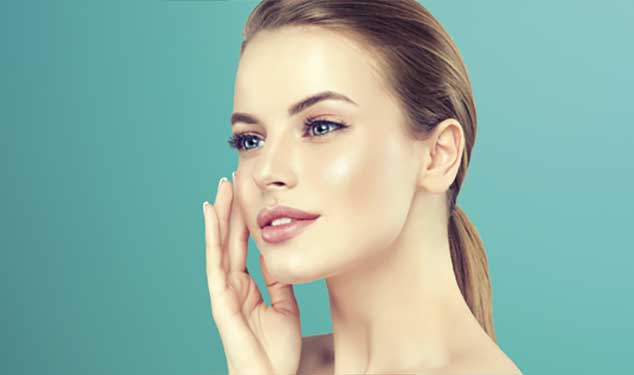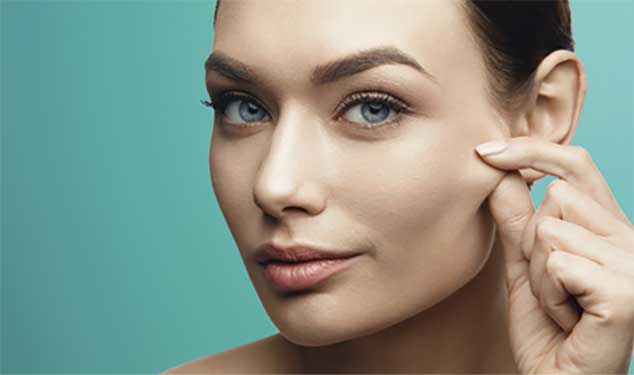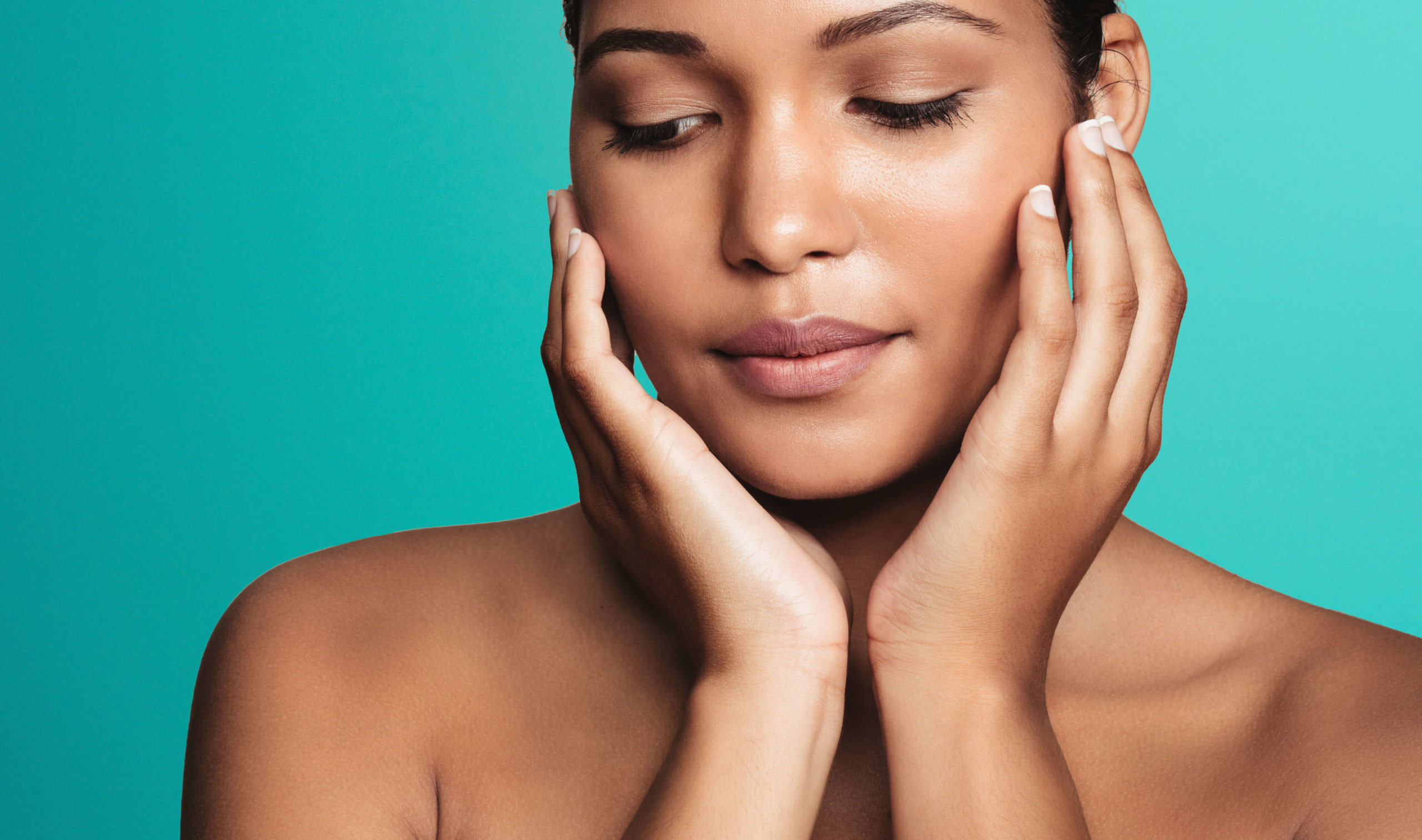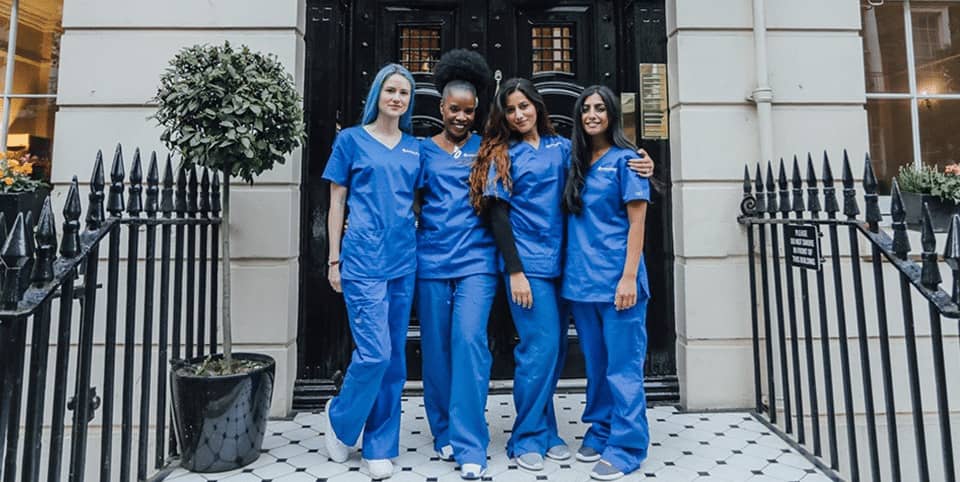FAQs
Understanding Ultherapy®: How Does It Function?
Ultherapy® is an innovative, non-invasive ultrasound technique that triggers new collagen and elastin growth deep within your skin. With high-precision ultrasound energy, Ultherapy® targets the skin's profound structural layers without affecting the skin surface. Following the procedure, the body's healing process induces new collagen and elastin creation, gradually producing a lifting impact.
The Role of Collagen and Elastin in Our Skin
Collagen and elastin play integral roles in maintaining our skin's health. Collagen, a prevalent protein in our skin, contributes significantly to the skin's strength and firmness. Although specific cells known as fibroblasts produce collagen, our skin's collagen content gradually decreases over time, leading to skin sagging and laxity. Conversely, elastin, a highly flexible protein, enables tissues in the body to retain their shape after stretching or contracting, helping the skin revert to its original position after being poked or pinched. With age, we lose elastin, further contributing to skin sagging and laxity. The continuous exposure of our faces to movements and pressure (smiling, sleeping, talking, shouting, crying, laughing, or singing) exacerbates the loss of elastin and collagen, impacting our skin significantly.
Does Ultherapy® Use the Same Ultrasound as Maternity Units?
Ultherapy® employs two unique types of ultrasound. The first type, known as DeepSEE™, emits ultrasound waves similar to those used in maternity unit ultrasound machines. These waves provide practitioners with a clear picture of the area immediately beneath the treatment area. Once the practitioner confirms that they're in the right position (avoiding any blood vessels or bone), the Ultherapy® machine commences the treatment, employing ultrasound waves at highly specific depths. This ultrasound therapy sparks the body's innate response, stimulating the formation of new collagen and elastin.
The treatment duration varies depending on the area under treatment and your personalized treatment plan. A face and neck procedure typically lasts between 60–90 minutes, whereas a brow lift or décolletage treatment may only take 30 minutes.
Is There a Need for Recovery Time?
Generally, you can resume your regular activities immediately following an Ultherapy® procedure without any special post-treatment requirements.
WHEN CAN I PUT MAKE-UP ON AFTER TREATMENT?
Since patient downtime is minimal, makeup can be applied 1 to 2 days after the treatment. Patients should expect to see micro lesions a few days after treatment and slight redness depending on treatment parameters.
When Can I Expect Results? How Long Will They Last?
While some initial lift may be noticeable, the ultimate results usually materialize over a three-month period as the growth of new collagen and elastin replaces the old tissue targeted during the treatment. A single Ultherapy® session can provide lasting results for over a year in some individuals. Your practitioner will provide guidance on the anticipated outcomes for your specific situation.
How Many Ultherapy® Sessions Will Be Required?
Most patients require only a single treatment for results lasting over a year. However, factors such as skin laxity level, biological response to ultrasound energy, and individual collagen production processes may necessitate additional treatments for some patients. As skin continues to age, future touch-up treatments can help patients stay in sync with their body's natural aging process.
Am I a Suitable Candidate for Ultherapy®?
Ultherapy® is an effective treatment for those experiencing mild to moderate skin laxity as a result of the natural aging process. Ideal candidates are those whose skin appears less firm or tight, with symptoms such as lowered brows, loose neck skin, sagging under the chin, and chest lines or wrinkles. Ultherapy® provides a gradual lift, refreshing the patient's appearance. It's important to note, however, that Ultherapy® does not produce results as dramatic as a surgical facelift. Still, it's an excellent alternative, particularly for those not prepared for surgery or patients seeking to prolong the effects of cosmetic surgery. The most effective way to ascertain if you're a good candidate for Ultherapy® is to discuss any concerns about skin laxity with your clinician or practitioner who can recommend the most suitable treatment option for you.
Is Ultherapy® Suitable for Everyone?
Your practitioner can provide advice on whether you're likely to benefit from Ultherapy®. While most patients can expect a benefit from the treatment, your initial skin laxity level will influence the results you're likely to achieve.
Can Ultherapy® Substitute Surgery (Facelift)?
While Ultherapy® cannot replicate a facelift's results, it can be utilized either as a preparatory or alternative treatment to surgery, or post-surgery to maintain the effects. Unlike surgery, Ultherapy® typically enables you to resume your normal activities immediately.
How Does Ultherapy® Compare to Laser Treatment?
Ultherapy® employs ultrasound energy to stimulate collagen production in the skin's foundation, resulting in a clinically significant tissue lift over three months. Lasers, on the other hand, use light energy to treat superficial skin (around 1 mm in depth) and are not FDA-cleared or CE mark-certified to lift skin. Laser procedures often require downtime, while the ultrasound energy of Ultherapy® bypasses the skin surface (reaching depths between 1.5 mm and 4.5 mm), usually eliminating the need for downtime post-treatment. As the two technologies often address different skin issues, they can be used in harmony. Your aesthetic practitioner will advise on the most beneficial approach for you.
Over 2 million treatments worldwide have utilized the Ultherapy® procedure. Every Ultherapy® practitioner receives comprehensive procedural training and resources to ensure patient confidence in choosing Ultherapy®. Ultherapy® is the only micro-focused ultrasound technology cleared by the US Food and Drug Administration, one of the world's strictest healthcare regulatory bodies. In the European Union, Ultherapy® holds CE certification for non-invasive sculpting and lifting of the dermis on the upper and lower face, neck, and décolletage (chest).
Are There Any Side Effects?
Following treatment, some patients might notice temporary skin flushing, but this typically subsides within a few hours or days. Mild swelling, tingling, or touch sensitivity may occur, but these effects are generally temporary. Other rare post-procedure effects may include brief bruising or numbness on small skin areas. Like any aesthetic medical procedure, there is a potential for other rare side effects, which your practitioner will discuss with you.
What Does the Treatment Feel Like? Is Ultherapy® Painful?
While some momentary discomfort may occur during the delivery of ultrasound energy, this varies from person to person and only lasts for the duration of the energy delivery. To achieve its results, Ultherapy® heats the deep layers of the skin. Everyone's sensitivity to this heat differs, and your aesthetic practitioner can advise on managing any discomfort.
Is Ultherapy® Approved by Official Regulators?
In the European Union, Ultherapy® holds CE certification for non-invasive sculpting and lifting of the skin on the upper and lower face, neck, and décolletage (chest). In the US, the Food and Drugs Administration has evaluated Ultherapy®, and it is the only ultrasound therapy with visualization cleared for use in the US for skin lifting.
How Does Ultherapy® Compare to Cheaper Alternatives?
With Ultherapy®'s success and celebrity usage, numerous imitation versions have emerged. However, these alternatives do not allow your practitioner to view beneath the skin's surface to select the appropriate depth and precise ultrasound energy level needed for optimal treatment. The safety and effectiveness of these imitation versions remain uncertain.





